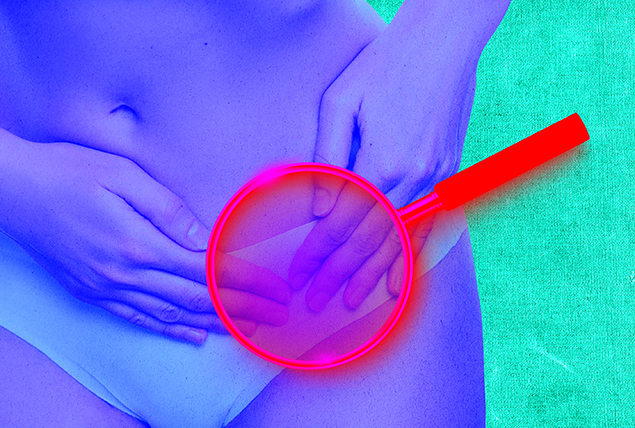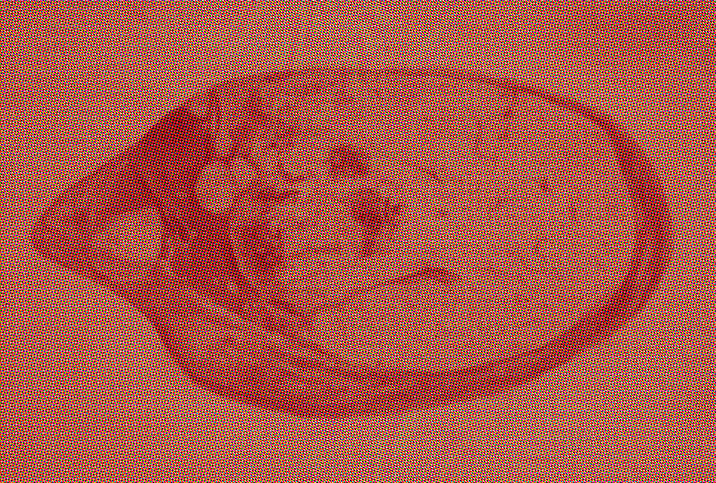The Various Treatments for Ovarian Cysts

Ovarian cysts, which are pouches or sacs filled with tissue or fluid located on the ovaries, are extremely common.
Oftentimes, ovarian cysts are harmless and painless, according to Monte Swarup, M.D., a board-certified OB-GYN in Arizona and the founder of the health information site Vaginal Health Hub.
"People who were assigned female at birth are most likely to get ovarian cysts in their reproductive years," Swarup said.
That's because the vast majority of ovarian cysts develop during the menstrual cycle throughout the growth and release of the egg cells. Known as functional cysts, they are typically harmless and heal on their own with time.
There are different types of functional ovarian cysts. Follicular cysts, which can form when ovulation doesn't occur and the follicle doesn't open to release the egg cell, are one of the most common types. Corpus luteum cysts, which can develop when a corpus luteum—which forms from the follicle that releases the egg cell during ovulation each month and secretes sex hormones—fills with blood, are also common. Another common type are theca lutein cysts, which mainly develop as a side effect when people use hormone-based fertility treatments.
On the other hand, ovarian cystic neoplasms form when cells grow or divide uncontrollably, causing an abnormal growth. These cysts can be benign (noncancerous) or malignant (cancerous), and the risk of malignancy increases with age. It is estimated that 13 percent of ovarian neoplasms in premenopausal women are cancerous, compared with 45 percent in postmenopausal women.
Examples of these cysts include teratoma cysts and endometriomas.
According to Germany's Institute for Quality and Efficiency in Health Care, roughly 10 out of 100 people with a female reproductive system have ovarian cysts, the vast majority of which measure between 1 and 3 centimeters in size, are benign and disappear within a few months.
But while most ovarian cysts aren't cause for concern, the required treatment method depends on the type of cyst, the presence of symptoms and more. Generally, according to Swarup, there are two different treatment options for ovarian cysts: waiting watchfully and surgery.
Waiting watchfully
If a functional cyst is accidentally discovered during a routine scan—which is often how they are identified—and it's not causing the patient any pain or discomfort, the physician often decides to wait watchfully to see if the cyst becomes larger or begins to cause symptoms, Swarup said.
This is a common treatment option when a small, fluid-filled cyst is found, regardless of the patient's age. The physician typically recommends that the patient return to be reexamined in a few months' time to see if the cyst has healed. If, upon returning, the cyst hasn't healed but it also hasn't worsened, the physician may recommend further repeated pelvic ultrasounds to keep a watchful eye on any changes.
If the cyst does grow or cause symptoms over time, then other treatment options will likely be discussed.
Surgery
"If the cyst becomes larger or begins to cause symptoms, surgery is an option," Swarup said.
Surgery is also an option for a cyst that doesn't appear to be functional.
Depending on the kind of cyst, its size and other factors, a surgical procedure might require that the ovary be removed along with the cyst. This is called an oophorectomy. But some cysts can be removed without the ovary, and this is called a cystectomy.
Also, depending on the size of the cyst and its risks, it may be removed by laparoscopy, which is a minimally invasive surgery in which the surgeon makes small incisions in the abdomen and uses an instrument with a camera attached. But a larger, potentially malignant cyst may need to be removed by laparotomy, which is a more traditional, open procedure requiring a larger incision.
If a cyst is found to be malignant, cancer treatments, including further surgeries, chemotherapy or radiation, might be required.
As with any surgery, there is always a risk of complications. According to Swarup, some of the risks associated with the surgical removal of an ovarian cyst include bleeding excessively, anesthesia problems, infections, blood clotting, cysts returning after removal and infertility.
Prevention
According to Swarup, one of the best ways to prevent the development of a functional ovarian cyst is by taking hormonal birth control.
"Birth control pills suppress ovulation and, therefore, suppress functional ovarian cysts," he said. "Otherwise, the best ways to maintain ovarian health include healthy lifestyle choices, maintaining a healthy weight, proper sleep, don't smoke, avoiding excessive drinking and caffeine, and having regular pelvic exams."
It's also important to be aware of any changes in your monthly cycle, he said, and to see your healthcare provider if you notice anything unusual.


















